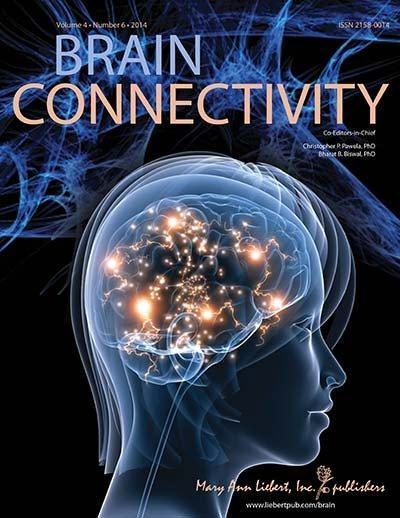In a recent study published in the journal European Psychiatry, a team of researchers from Barcelona aimed to understand the association between emotion processing and brain responses in Joint Hypermobility Syndrome.
Joint hypermobility syndrome (JHS) is an inherited connective tissue disorder that represents a qualitative variation in the structural protein collagen. JHS has an estimated prevalence in the general population ranging between 10–15% and it is more frequent in women (3:1). Although JHS is a common condition, it remains poorly documented. The condition has been related to anxiety disorders, fibromyalgia, irritable bowel syndrome and temporomandibular joint disorder. Nonetheless, the neural foundations of these associations are poorly understood, and many physicians still find it challenging to distinguish JHS from fibromyalgia.
In their study titled “Emotion processing in joint hyper mobility: A potential link to the neural bases of anxiety and related somatic symptoms in collagen anomalies,” the research team led by Mallorquí-Bagué in the Department of Psychiatry and Forensic Medicine at Universitat Autonoma de Barcelona examined brain responses to facial visual stimuli with emotional cues using fMRI techniques in a population based cohort with different ranges of hyper mobility. Specifically, the researchers sought to characterize how hypermobility levels are related with brain activity in response to facial stimuli with emotional cues.
A total of 51 non-clinical volunteers completed the Spielberg state-trait anxiety inventory (STAI), were evaluated with the Beighton exploration for hypermobility, and performed an emotional face processing paradigm during functional neuroimaging.
Data analysis revealed a correlation between trait anxiety scores and state anxiety and hypermobility scores. Results also revealed a correlation between BOLD signals of the hippocampus and hypermobility scores for the crying faces versus neutral faces in ROI analyses. Moreover, the researchers found that hypermobility levels were related with the middle and anterior cingulate gyrus, fusiform gyrus, parahippocampal region, orbitofrontal cortex and cerebellum, areas related with emotional processing.
Based on these findings, the researchers indicate that hypermobility levels are related to both trait anxiety and also with greater brain responses to emotional faces in emotion processing brain areas, involving the hippocampus.
As the authors concluded, these results improve the comprehension of emotion processing in people with this condition, and the mechanisms through which vulnerability to anxiety and somatic symptoms arise in this particular population.


